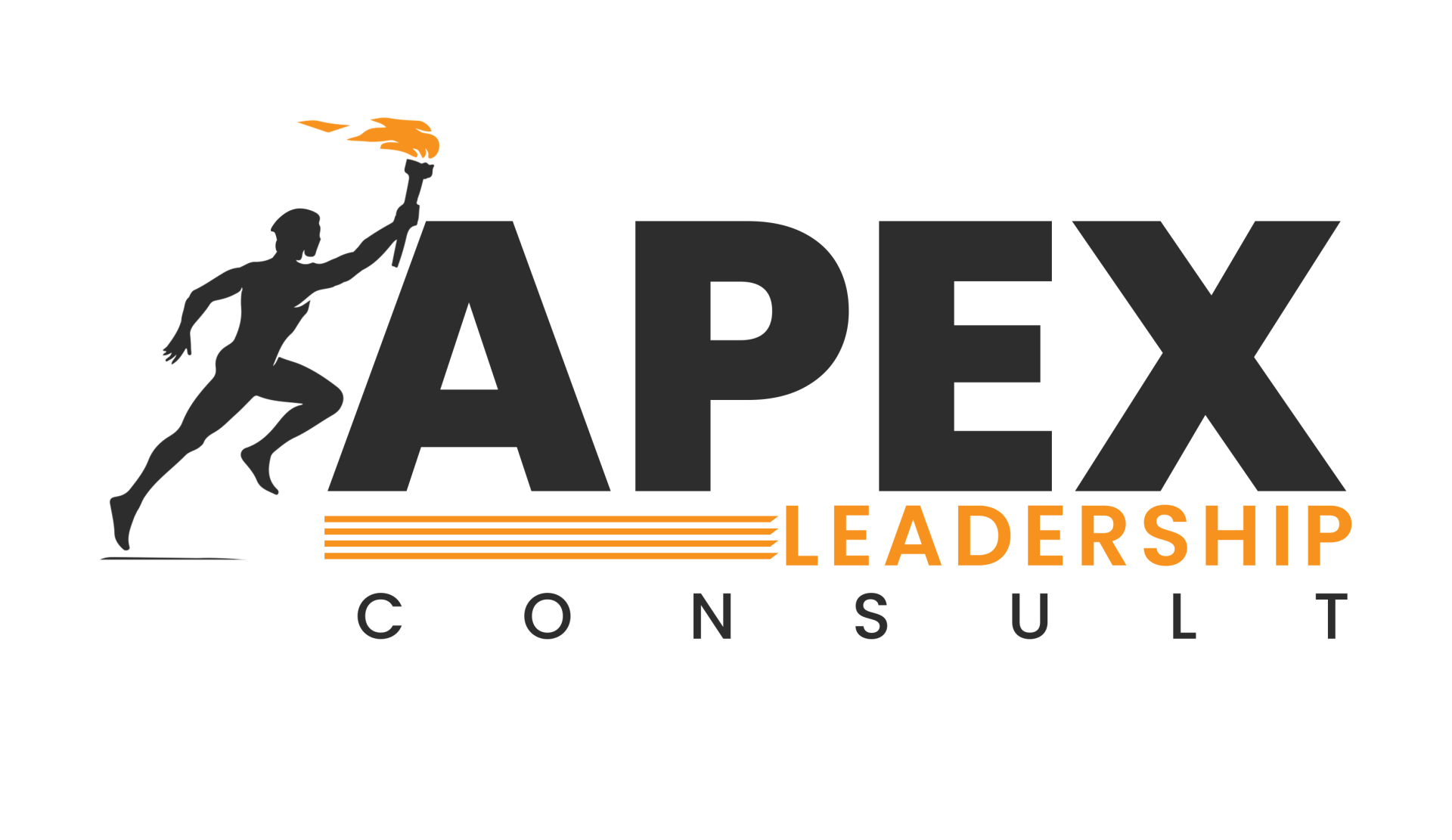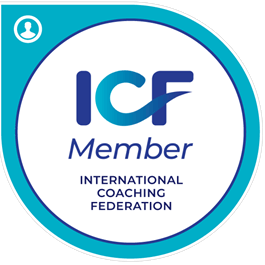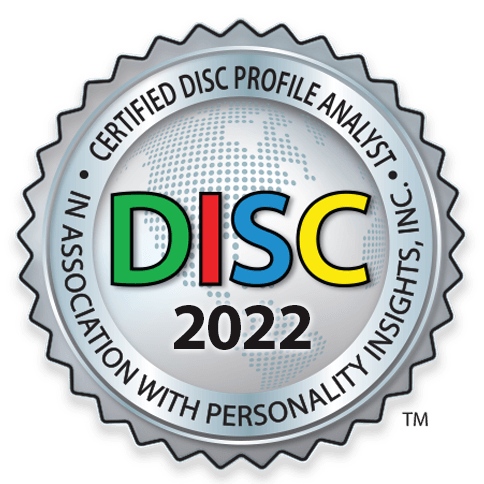EXECUTIVE COACHING
Executive Coaching
We offer executive coaching to professionals at all levels: CEOs, Corporate leaders, Educational leaders, Government officials, Royal families etc. We create the space and time for you to explore, reflect, develop desired outcomes, formulate new ideas and achieve your desired outcomes. Our goal is to help you become the most effective version of yourself and improve your personal and organisational performance. We are aware that many executives like you support their teams in developing the right skills for today’s world of work. We, therefore, provide measurable results as we explore performance processes in your organisation.
Coaching Format
We offer bespoke coaching experience that meets your personal and organisational needs as defined by you. We collaboratively decide on and utilise a wide range of strategies, skills and techniques that benefit you and your organisation in the most effective way, given your peculiar needs and circumstances. Our coaching is designed to benefit you and positively impact your business performance.
Coaching Mode
We offer both online and face-to-face options. On the face-to-face option, you have further choice of where the coaching takes place. We are after your convenience. Whether the sessions take place in our office or in yours, remains your choice. We will then agree on the frequency and duration of the coaching sessions.
Benefits of Executive Coaching
- Improved professional performance
- Self discovery and self leadership
- Behavioural change to sustain your new level of operations
- Organisational effectiveness
- Improved Learning and development intervention for you
- Improvement of your psychological well being
- Leadership effectiveness
- Improved feedback/feedforward to peers and subordinates
- Better goal setting ability
- Accountability partnership
- Sustenance of passion and Momentum
- Improved personal performance and productivity
- Improved relationships
- Improved quality of life for you and team members
- More time for you as a leader
- More creative ideas
- Better use of people, skills and resources
- Faster and more effective emergency response
- Greater flexibility and adaptability to change
- More motivated staff
How Executive Coaching Works
Executive coaching bridges leadership effectiveness and outstanding organisational performance. Executive coaches, therefore, are focused on ways of supporting leaders to achieve the organisational goals.
To effectively preform this role, Executive Coaches must be observant, clear-headed, and comfortable in providing constructive feedback.
Executive coaching integrates the following parameters:
Assessment
The coaching process incorporates a personalised assessment, which provides the individual's strengths, weaknesses, goals, and challenges.
This can be done through interviews, surveys, and other tools..
The coach uses part of this information and the desired outcomes of the client to create a coaching plan that is tailored to the individual's specific needs.
Goal Setting
Once the assessment is complete, the coach and the client work together to set goals for the coaching process. These goals may be related to improving specific skills, addressing certain challenges, or achieving certain outcomes.
Coaching Sessions
The coaching process typically involves a series of one-on-one coaching sessions between the coach and the client. These sessions may be conducted in person, over the phone, or via video conferencing.
During these sessions, the coach helps the client to identify their strengths and weaknesses, and to develop strategies for improvement.
Feedback and guidance
The coach provides feedback and guidance to the client throughout the coaching process.
This can include feedback on the client's communication style, leadership skills, decision-making, and other areas that are important for success in their role.
The coach may also provide guidance on specific issues or challenges that the client is facing.
Accountability
The coach keeps the client accountable for their progress towards their goals.
This involves regularly reviewing progress, identifying obstacles, and adjusting the coaching plan as needed.
Follow-up
After the coaching process is complete, the coach may follow up with the client to ensure that they are continuing to apply the skills and strategies they learned during the coaching process
Strategies for Managing Confidentiality in Executive CoachingNew paragraph
Strategies for Managing Confidentiality in Executive CoachingNew paragraph
Strategies for Managing Confidentiality in Executive Coaching
Confidentiality in executive coaching is a delicate issue for both the coach and the executive being coached. One of the major reasons for this is that there is an element of vulnerability on the part of the client because the client by the nature of the coaching process may share some sensitive information with the coach. It then becomes the responsibility of the coach to secure the information and not disclose it to third parties.
In this short post, I will be exploring a couple of strategies on how you, as an executive coach, can balance the sensitive nature of the information you receive from your client and the request of some sponsoring organisations, that require regular updates or outcomes from you to know how the coaching is progressing.
Establish clear communications
At the beginning of the coaching engagement, it is important and essential to establish very clear expectations and boundaries with the client, the sponsoring organisation, and yourself as the executive coach.
This communication lines should include:
- Outlining the scope of the coaching engagement
- The confidentiality agreements
- Any limitations on sharing information
Define the goals
Defining the goals at the outset helps everyone involved to know exactly where the coaching is heading to.
In addition to the desired outcomes of engagement, establishing the metrics that will be used to measure progress will put everyone on the same page. This will enable you to share relevant information with the sponsoring organisation without breaching confidentiality when such request comes.
Develop a communication plan
In course of establishing clear communication lines noted above, a communication plan should also be developed. This plan should outline what information will be shared and how often. It is also important that this plan should be based on the client’s needs and goals. This plan should be reviewed regularly to ensure that it is still relevant in course of the coaching.
Obtaining client's permission
Another strategy you can use in managing this delicate balance between the confidentiality you owe your client and the sponsoring organisation is by seeking your client’s permission. Seeking the client’s permission before obliging the request of the sponsoring organisation. The essence of this cannot be overemphasised. It is necessary to establish and maintain this relationship of trust between you and your client. The success of your coaching hinges on this delicate platform of trust. Seeking the permission of your client, means that the client is aware of what information you are about to share with his/her organisation.
You should also make it clear that the client has the right to withhold this permission you are seeking in order to share some information with his/her organisation. It is within their right, so you have to respect that. When communicating with the client’s organisation, it is safer to use the success metrics that was developed in course of the communication plan to share what is necessary and relevant.
When you are sharing with an organisation what is going on between you and your executive client, focus on outcomes rather than on specific details of the coaching process. You may want to share the client’s progress or any change in behaviour or performance that can be attributed to the coaching but not the tiny details of the coaching process, or some of the sensitive information the client has disclosed to you.
Be transparent
Be transparent with the client and the sponsoring organisation about what information you are sharing and why. This will keep you in good standing and credible on both sides – both the sponsoring organisation and the client.
In a situation where you have more than one executive you are coaching, and the organisation is requesting to know what is going on, anonymise the data you are sending. That way, the identity of the individuals will not be disclosed but the critical success factors, change in behaviours, and progress made can be highlighted without identifying the individual clients. You would have met the requirement of the organisation without breaching the confidentiality you owe your client(s).
Consult legal & ethical guidelines
Lastly consult with legal and ethical guidelines to ensure you are not breaching any confidentiality obligation. This will help you, in addition to the above strategies to make informed decisions about what information to share with the sponsoring organisations, so that you are maintaining the legal and ethical standards.




